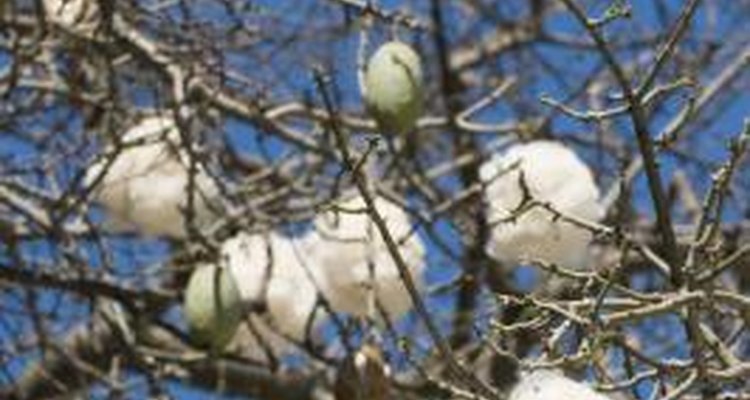
Organic fibers have been used for many centuries to make cloth and are still used today. While some organic materials, such as wool, are taken from animals, a number of plants provide fibers that are spun into yarn and used to make cloth. Designers and manufacturers still make clothes from cloth incorporating fibers from plants such as cotton, flax and hemp.
Cotton
Cotton comes from plants that produce seed pods filled with ball-shaped clumps of cotton fiber. The seeds are separated from the cotton fiber mechanically. The process continues by spinning threads from the remaining, seedless white fiber. The threads are then woven to make cloth, which can be dyed. Cotton was grown in Pakistan’s Indus Valley more than 5,000 years ago. Cotton was grown and used to make clothing in ancient Egypt. Cotton plants were exported to the Southern United States in the 17th century.
Flax
Flax grows to a height of 4 feet and has leaves that consist of long, tough fibers. Flax has been used since ancient times to make clothing. The ancient Egyptians used flax to create linen cloth more than 4,000 years ago, and it was used in Medieval Europe to make cloth. Flax is still used to make fabrics for clothing, and it is commonly blended with synthetic materials and wool to add strength to fine yarns.
Hemp
Hemp comes from the Cannabis sativa plant and has been used to make cloth since ancient times. In the 1980s, producers were able to make fine cloth suitable for clothing from hemp. This development occurred following the discovery of a process using enzymes that removed the fibers’ roughness while still allowing the fiber to retain its durability. Designers currently use hemp, blended with other textiles, to make fine cloth, in contemporary designs. Hemp fiber is resistant to stretching, which allows clothes made from cloth woven with hemp fibers to retain their shape and size. Hemp typically grows in warm climates, such as those found in tropical regions.
Ramie
Ramie is grown in East Asia, and is known as China grass. Ramie fibers have been found in fabrics used to wrap mummies in ancient Egypt. Ramie fibers are fine and produce delicate silk-like threads when spun, although the fibers can become brittle when a dry process is used to spin them. Cloth made from Ramie is resistant to stain and has a slight sheen that reflects light. Ramie fabrics are also used in the manufacture of garments because the cloth does not readily shrink.
Related Articles

How Much of the World's Clothing Is ...
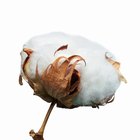
Ring Spun Cotton vs. Combed Cotton

What Is Pinpoint Cotton?
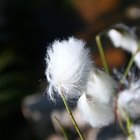
Define Cotton Silk Fabric
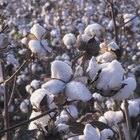
How Is Cotton Made?

Traditional Clothing in Hawaiian Culture

Why Cotton Is Used in Clothing

The History of Bamboo Fabric

How to Keep Cotton Pants From Shrinking

About Apache Indian Clothing
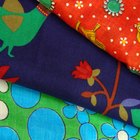
What Is Arnel Vintage Material Fabric?
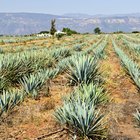
The Definition of Agave Fiber
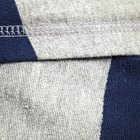
What Is French Terry Cloth?

Characteristics of Polyester & Cotton

Types of Cotton Fabric

How Clothes Are Made From Cotton

What Is Cotton Plisse?

Different Types of Flannel Fabrics
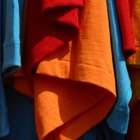
The Difference in Lycra & Cotton

How Is Wool Turned Into Fabric?
References
Writer Bio
Peter Lancett has been writing professionally for 10 years. He has five novels and a series of award-winning illustrated books currently distributed internationally. Lancett writes for film and television alongside his work for Demand Studios. He has traveled extensively and has lived in England and New Zealand.
Photo Credits
Driendl Group/Stockbyte/Getty Images